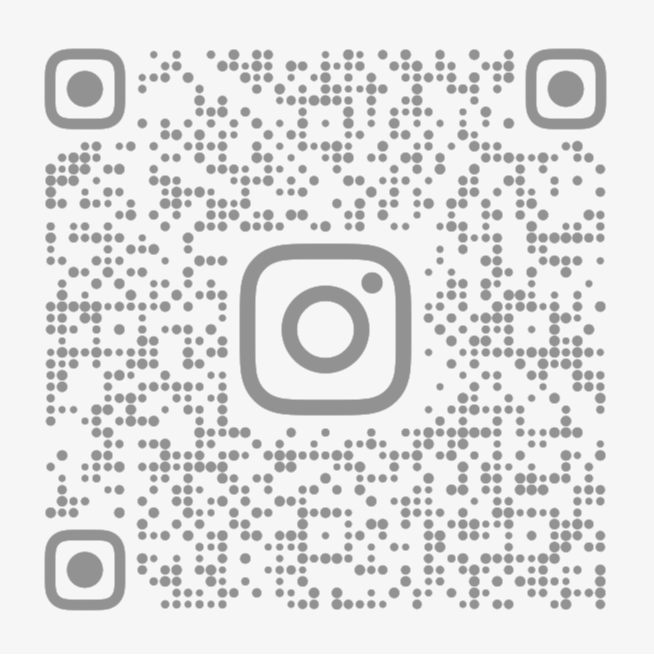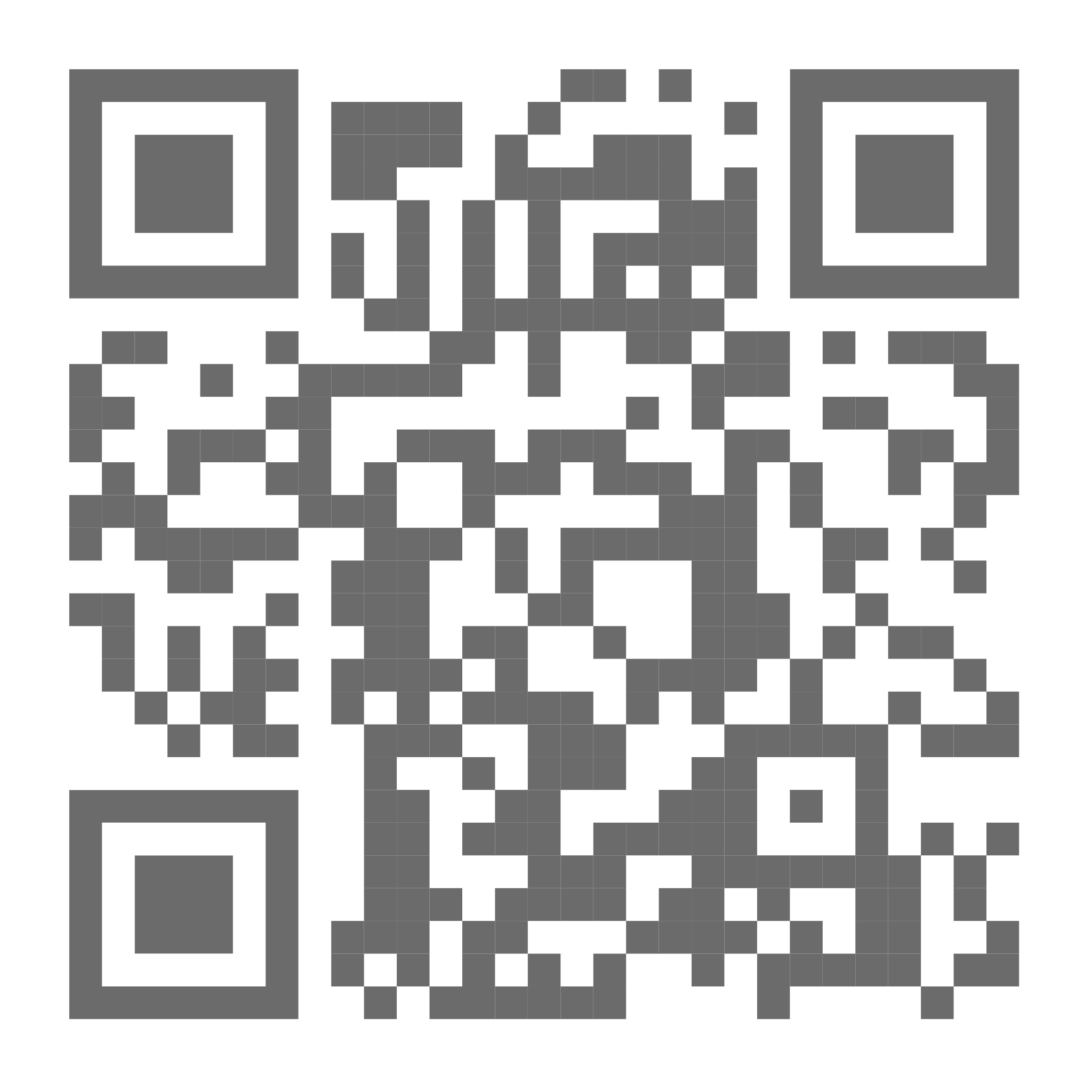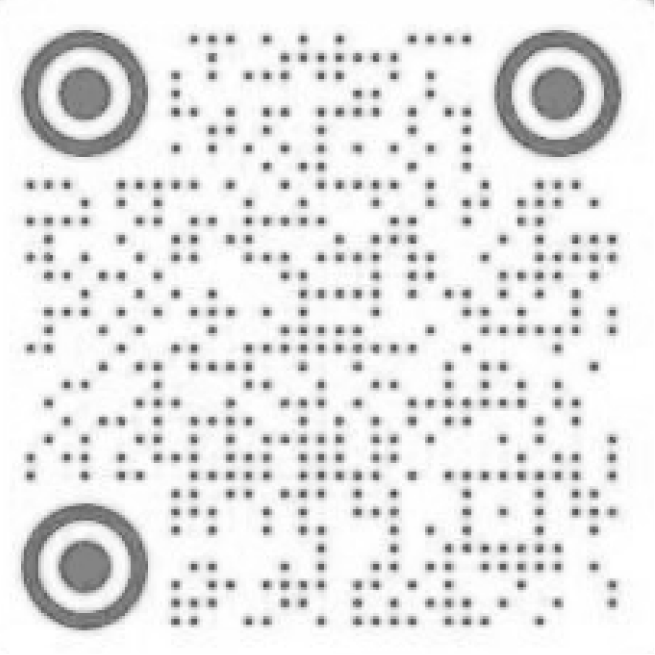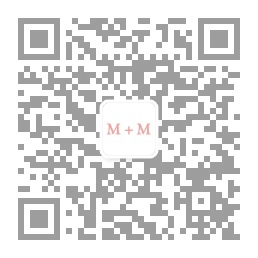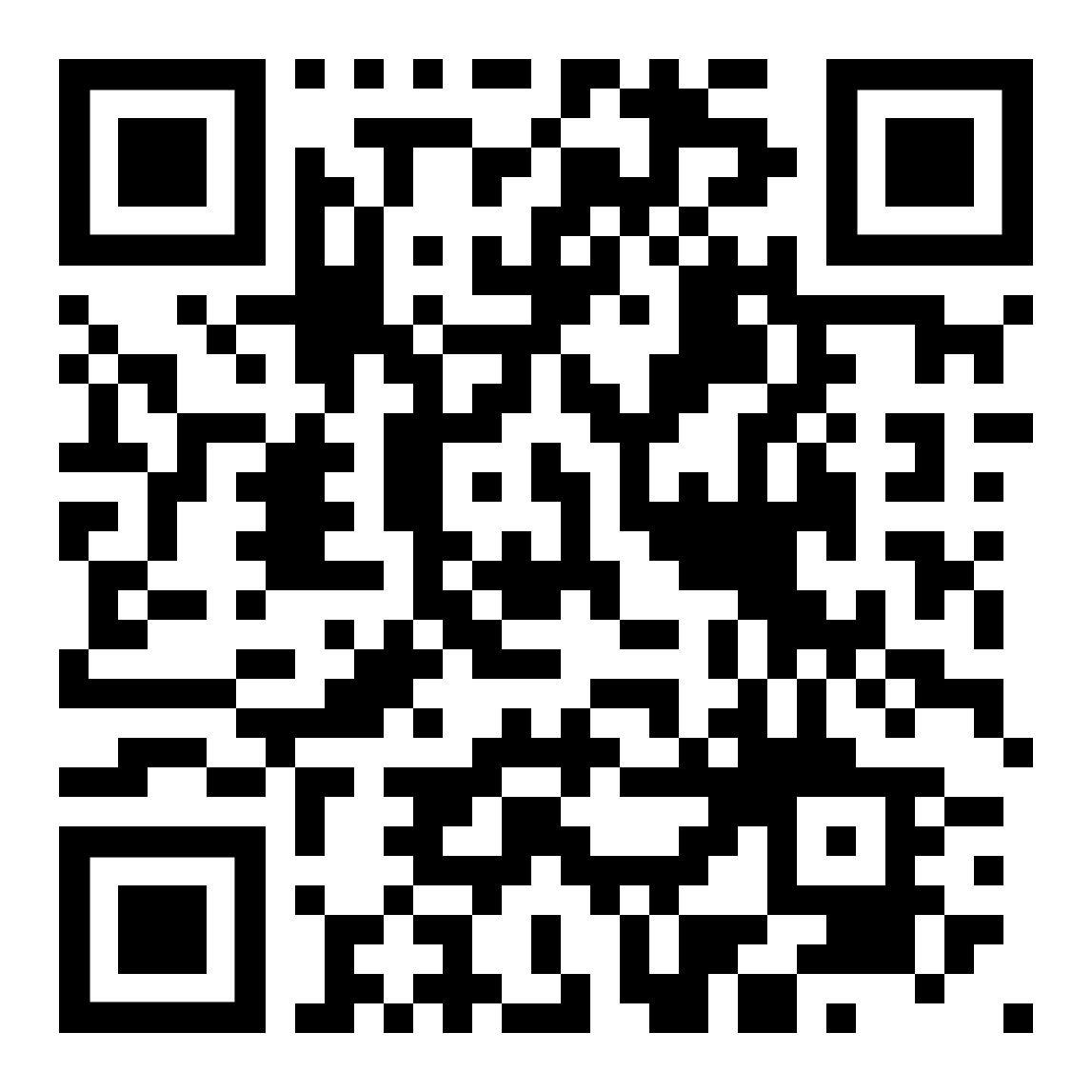Only If You Asked to See Me
M+M Gallery is pleased to present the exhibition Only If You Asked to See Me, opening on September 27. The exhibition title is drawn from a letter Simone de Beauvoir wrote to her lover Nelson Algren, included in A Transatlantic Love Affair: Letters to Nelson Algren. In her correspondence, de Beauvoir expresses a stance of “withdrawing proactively” in love—a form of conditional intimacy that can also extend to the realm of art viewing. Here, the relationship between artist and viewer is one of equality: meaning is not unilaterally communicated but requires the viewer’s emotional, experiential, and intellectual engagement to complete the dialogue. As the exhibition title suggests, Only If You Asked to See Me is more than an invitation; it is an agreement. The integrity of artistic creation depends on the active participation and thoughtful engagement of the audience.
The exhibition features works by seven female artists, tracing a subtle transition from figurative to abstract visual languages. Through lines, color fields, and lyrical gestures, the artists guide viewers from recognizable imagery into spaces of abstract perception. Julie Beaufils and Lisa Jo offer two contrasting yet complementary modes of engagement. Beaufils’ canvases unfold as flowing landscapes, using abstract brushwork and mineral-inspired colors to evoke temporal and emotional perception. Drawing inspiration from everyday objects, natural forms, and constructed environments, she creates immersive spaces that transport viewers into dreamlike experiences beyond reality. In contrast, Jo’s work is more analytical, revealing and concealing, emerging and dissolving, to deconstruct the act of seeing itself. Fragments of the human body and architectural hints appear and vanish, blurring the boundary between foreground and background and leaving traces of thought on the canvas. If Beaufils leads viewers into a flowing, emotive space, Jo maps the structures of perception with precision and reason. Together, their works create a dialogue of sensibility and intellect, emotion and structure, within a context of contemporary female artistic practice.
Emma Løkke and Claire Colette explore energy, time, and matter through differing methodologies. Løkke’s two new works are dynamic and fluid, with tangible objects seemingly floating in meticulously constructed virtual spaces, engaging in a continual dialogue with both the space and the viewer. Her intuitive and iterative practice imbues the paintings with rhythm, uncertainty, and a sense of breathing life, generating a spiritual tension. Colette’s approach, by contrast, is ritualized and systematic. Through repeated material processes and symbolic structures, she imparts each work with distinctive material energy. By interweaving modeling paste, resin, dried petals, and acrylic paint, Colette constructs a spiritual arena that invites viewers to participate in her “ritual,” facilitating a deeply symbolic dialogue.
Wang Qingyuan continues her long-standing focus on "hair." Within her creative context, hair is no longer a mere object but is transformed through gongbi techniques and the texture of silk into a carrier of multiple meanings. In her work Frida’s Pretzel, the artist deconstructs and isolates the braided hairstyle from Frida Kahlo’s Self-Portrait with Braid, dissolving the burdens of culture and identity. By connecting it to the everyday "pretzel" through a process of dimensional reduction, she shifts attention to the form of "twisting" itself. Through interwoven lines and a cyclically flowing structure, the piece achieves visual anchoring, almost as if inviting viewers to embark on a purposeless wandering of thought. Brie Ruais, starting from her own body weight (130 lbs), generates sculptures of equally weighted clay to explore tensions and transformations between the body and its boundaries. In Unfurling Cosmos, 130 lbs, the central mass of clay splits and expands outward, unfolding organic forms that suggest the cosmos slowly revealing itself.
This outward “unfurling” resonates intriguingly with Li Fang’s 1966 Untitled (Pink Abstract). At the time, Li had relocated from Paris to rural Switzerland and, despite limited means, painted on the reverse of potato sacks, exploring female narratives with remarkable subtlety. Pink petals dance across teal and deep green backgrounds, exuding a quiet yet resilient vitality. As a founding member of The Fifth Moon Group alongside Liu Guosong and Guo Dongrong, Li contributed to early Chinese abstract art, balancing creative ambition with domestic and geographic displacement. Her persistence parallels de Beauvoir’s understanding of love: it is not binding but a practice of autonomous choice. Both love and artistic creation demand deliberate investment and independent agency; Li Fang’s dedication under challenging circumstances embodies this freedom and vitality.
As the exhibition title asserts, Only If You Asked to See Me is not merely an invitation—it is an agreement. Only when viewers actively “see,” investing their perception, emotion, and thought, can the integrity of artistic creation be realized. Through their distinct visual languages, the seven female artists facilitate a dialogical exchange: Beaufils and Jo navigate the boundary between emotion and intellect; Løkke and Colette construct ritualized interactions of energy and matter; Wang Qingyuan blurs form through hair; Ruais externalizes bodily and cosmic structures; Li Fang continues life’s beauty through vegetal abstraction. Each work stands as an expression of the artist’s engagement with the world while inviting viewers into an active sensory experience. As de Beauvoir’s letters imply, seeing is an act of choice: only when the viewer consents to “see” do emotion, thought, and aesthetics converge, transforming the exhibition into a profound, shared, and intimate space.

